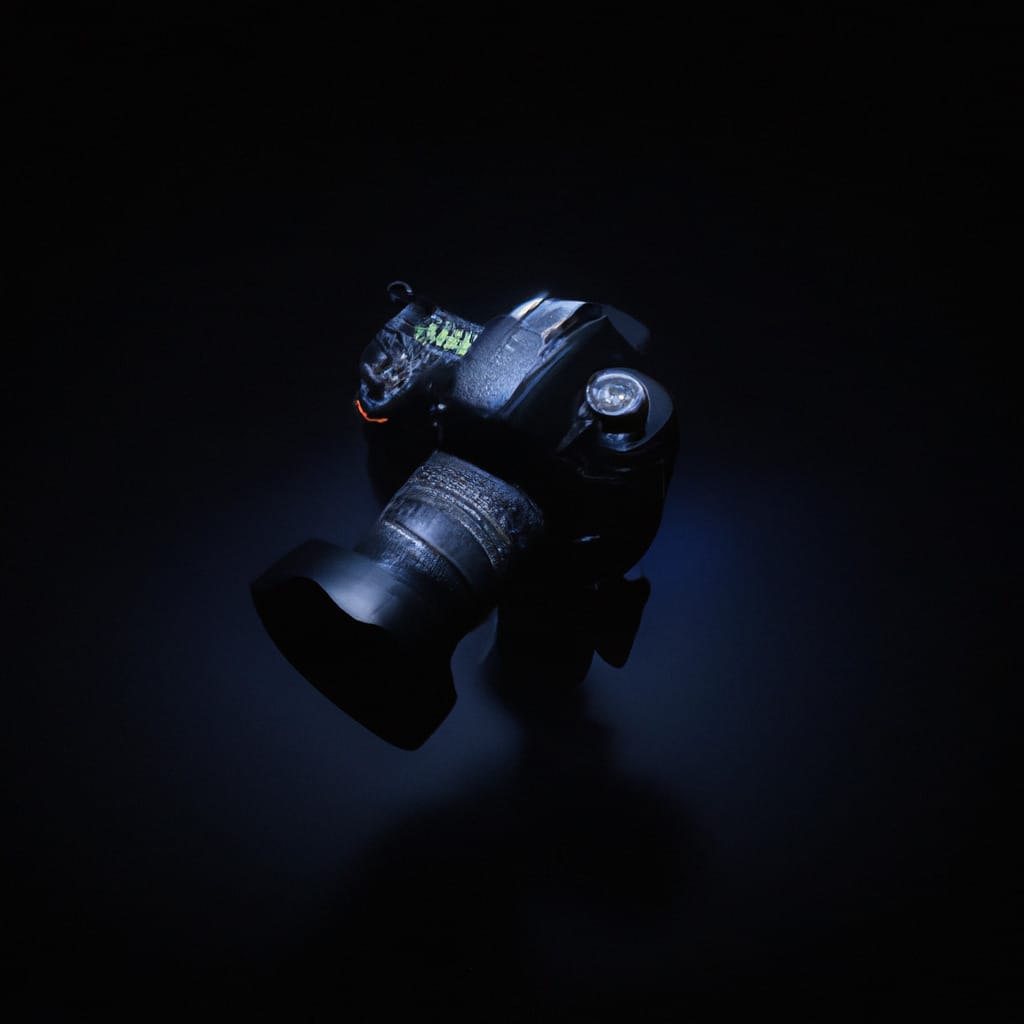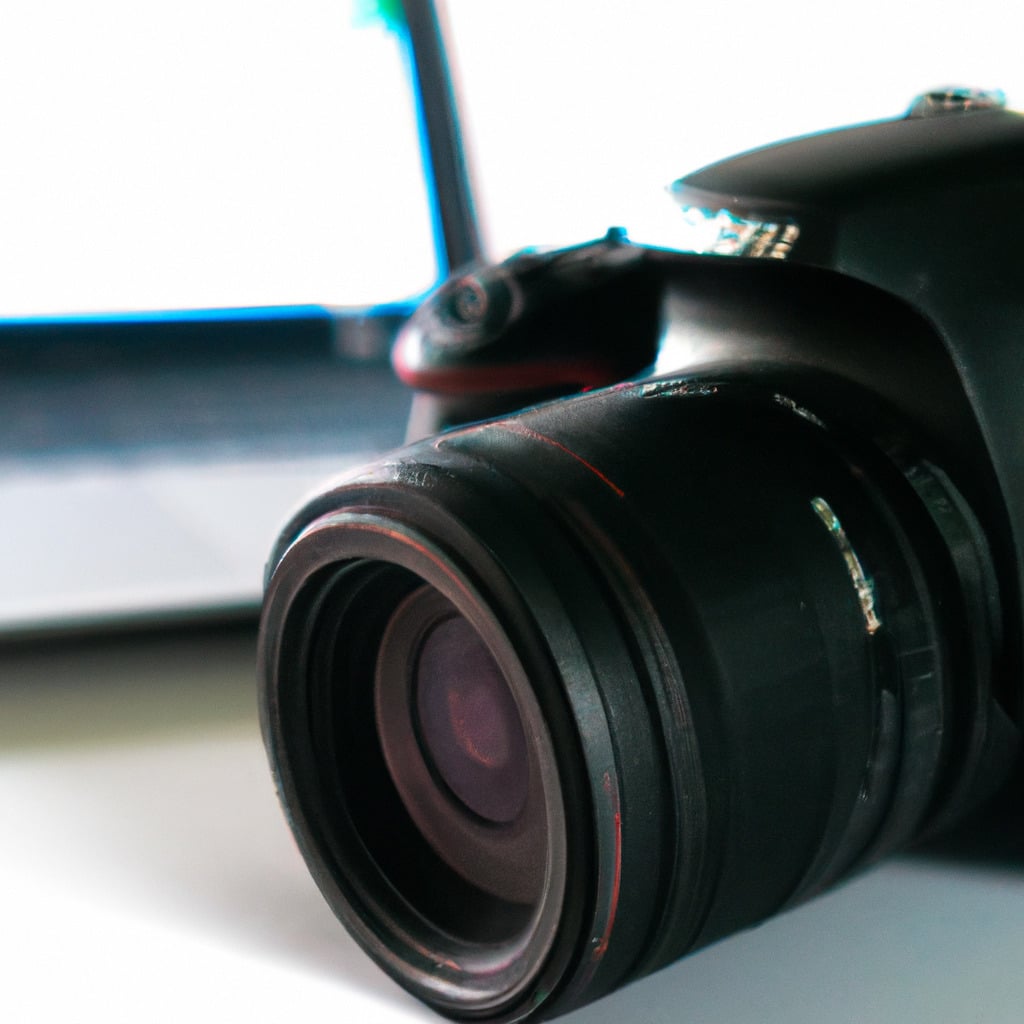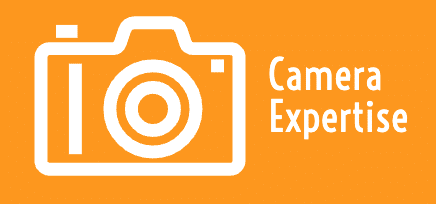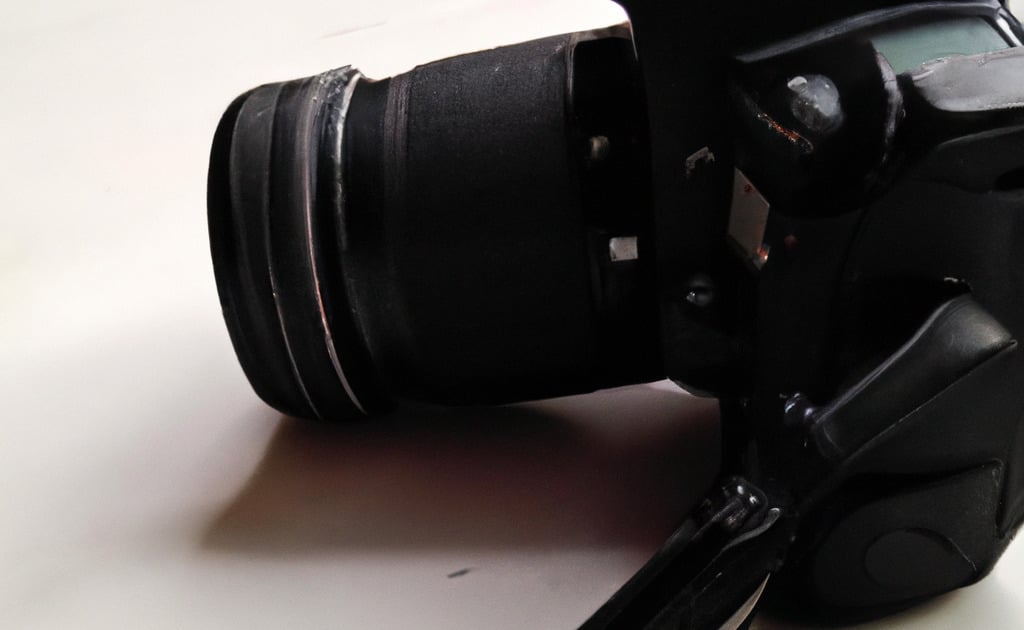Photography is an art that captures moments and preserves memories.
Whether you’re a professional or an amateur, the quest for the perfect shot is a never-ending pursuit.
One crucial element in this pursuit is the LCD screen on your camera.
It serves as a window to your photographic world, allowing you to frame your shots, review your images, and adjust settings.
However, this vital component is vulnerable to scratches, smudges, and other damages that can hinder your ability to assess your shots accurately.
That’s where camera LCD screen protectors come into play.
These innovative accessories provide a shield of protection for your camera’s LCD screen, ensuring its longevity and optimal performance.
In this comprehensive guide, we will explore the world of camera LCD screen protectors, from their importance to the different types available in the market.
Whether you’re a seasoned professional or a passionate enthusiast, join us as we unveil the power of camera LCD screen protectors and discover how they can enhance your photography experience.
The Importance of Camera LCD Screen Protectors
In the world of photography, every detail matters. From the composition of your shots to the settings you choose, each decision contributes to the final image. However, there is one often-overlooked aspect that can greatly impact your photography experience: the LCD screen on your camera.
The LCD screen serves as your window into the world you’re capturing. It allows you to frame your shots, review your images, and make necessary adjustments. Without a clear and undamaged LCD screen, you may struggle to accurately assess your shots and miss out on capturing the perfect moment.
That’s where camera LCD screen protectors come in. These small yet essential accessories provide a layer of protection for your camera’s LCD screen, shielding it from scratches, smudges, and other potential damages. By investing in a high-quality screen protector, you can ensure the longevity and optimal performance of your camera’s LCD screen.
One of the primary reasons why camera LCD screen protectors are important is to maintain the clarity and visibility of your screen. A scratched or damaged screen can significantly affect your ability to accurately assess your shots. It may distort the image or create distracting visual artifacts, making it difficult to make precise adjustments or evaluate the overall quality of your photos.
By using a screen protector, you create a barrier that prevents scratches and other damages from occurring. It acts as a shield, preserving the clarity and visibility of your LCD screen. With a clear and undamaged screen, you can confidently review your images and make necessary adjustments to achieve the desired results.
Another important aspect of camera LCD screen protectors is the preservation of your camera’s resale value. When it comes time to upgrade or sell your camera, potential buyers will scrutinize every aspect of its condition. A well-maintained LCD screen can make a significant difference in the perceived value of your camera.
By having a screen protector in place, you demonstrate that you’ve taken care of your equipment and protected it from potential damage. This can enhance the resale value of your camera and make it more appealing to potential buyers.
Furthermore, camera LCD screen protectors offer an added layer of protection against dust, dirt, and moisture. When you’re out in the field, your camera is exposed to various environmental elements. Dust particles can settle on the LCD screen, affecting its visibility and potentially causing scratches when wiped off.
Moisture, such as rain or humidity, can also seep into the screen’s crevices and damage the internal components. By using a screen protector, you create a barrier that shields your LCD screen from these external factors, ensuring its longevity and reliable performance.
Additionally, camera LCD screen protectors can provide a more comfortable shooting experience. Some screen protectors are designed to reduce glare and reflections, making it easier to view the screen even in bright sunlight. This feature is especially beneficial for outdoor photographers who often encounter challenging lighting conditions.
By minimizing glare, you can accurately assess your shots and make necessary adjustments without straining your eyes or relying on guesswork. This can greatly enhance your overall photography experience, allowing you to focus on capturing the perfect shot without any distractions.
Lastly, camera LCD screen protectors are relatively affordable and easy to install. They are available in various sizes and designs to fit different camera models. Most screen protectors come with a simple installation process, often involving a peel-and-stick method. With minimal effort and investment, you can safeguard your camera’s LCD screen and enjoy the peace of mind that comes with knowing your valuable equipment is protected.

Exploring the Different Types of Camera LCD Screen Protectors
When it comes to protecting your camera’s LCD screen, there are various types of screen protectors available in the market. Each type offers unique features and benefits, catering to the diverse needs and preferences of photographers. Let’s delve into the different types of camera LCD screen protectors and discover which one suits your requirements.
1. Clear Film Protectors: Clear film protectors are the most common and affordable option for safeguarding your camera’s LCD screen. These protectors are made of a thin, transparent film that adheres to the surface of the screen. They offer basic protection against scratches, smudges, and fingerprints, ensuring that your screen remains clear and pristine.
Clear film protectors are easy to install and remove, and they do not interfere with the touch sensitivity or visibility of the screen. However, they may not provide as much impact resistance as other types of protectors, and they may require more frequent replacement due to wear and tear.
2. Tempered Glass Protectors: Tempered glass protectors are a popular choice for photographers seeking enhanced durability and protection for their camera’s LCD screen. These protectors are made from a thin layer of tempered glass that is highly resistant to scratches, impacts, and shattering.
Tempered glass protectors provide superior clarity and visibility, and they offer a smooth touch experience that closely resembles the original screen. They also have oleophobic coatings that repel fingerprints and smudges, making them easier to clean. However, tempered glass protectors may be slightly thicker than film protectors, which can affect the overall slimness of your camera.
3. Anti-Glare Protectors: If you frequently shoot in bright outdoor environments, anti-glare protectors can be a valuable addition to your camera. These protectors feature a matte finish that reduces glare and reflections, allowing you to view the screen more easily even in harsh lighting conditions.
Anti-glare protectors are particularly useful for photographers who rely on the LCD screen for framing and reviewing their shots. By minimizing glare, these protectors enable you to make accurate assessments and adjustments without being hindered by distracting reflections. However, it’s important to note that anti-glare protectors may slightly affect the clarity and sharpness of the screen.
4. Privacy Protectors: Privacy protectors are designed to prevent others from viewing your screen from side angles, ensuring that your images and settings remain private. These protectors feature a unique filter that narrows the viewing angle, making it difficult for unauthorized individuals to see the contents of your screen.
Privacy protectors are commonly used by professionals working in crowded environments or when shooting sensitive subjects. They provide an additional layer of security and peace of mind, particularly in situations where privacy is paramount. However, it’s important to consider that privacy protectors may slightly reduce the brightness and clarity of the screen.
5. Custom Protectors: Some camera manufacturers offer custom-designed screen protectors specifically tailored to their camera models. These protectors provide a precise fit and maximum coverage for the LCD screen, ensuring comprehensive protection against scratches, smudges, and other damages.
Custom protectors often come with additional features such as anti-fingerprint coatings or enhanced scratch resistance, further enhancing the overall durability and performance of your camera’s LCD screen. While custom protectors may be more expensive compared to generic options, they offer a tailored solution for photographers who prioritize the best possible protection for their equipment.
Tips for Choosing and Applying Camera LCD Screen Protectors
When it comes to protecting your camera’s LCD screen, choosing the right screen protector and applying it correctly are essential. Here are some tips to help you make an informed decision and ensure a successful installation of your camera LCD screen protector.
1. Compatibility: Before purchasing a screen protector, ensure that it is compatible with your camera model. Check the dimensions and specifications to ensure a proper fit. Some manufacturers offer screen protectors specifically designed for their camera models, providing a precise fit and maximum coverage.
2. Quality: Opt for a high-quality screen protector to ensure optimal protection for your camera’s LCD screen. Look for protectors made from durable materials such as tempered glass or high-quality film. These materials offer better scratch resistance and durability compared to cheaper alternatives.
3. Ease of Installation: Consider the installation process of the screen protector. Look for protectors that are easy to apply and do not require complicated steps. Many screen protectors come with installation kits that include cleaning wipes, dust removal stickers, and alignment tools to help you achieve a bubble-free installation.
4. Removal and Reusability: If you anticipate the need to remove and reapply the screen protector multiple times, consider options that offer easy removal and reusability. Some protectors are designed to be easily peeled off without leaving any residue or causing damage to the screen.
5. Additional Features: Depending on your preferences, you may want to consider screen protectors with additional features. These can include anti-fingerprint coatings, enhanced scratch resistance, or anti-glare properties. Assess your specific needs and choose a protector that offers the features that are most important to you.
Once you have chosen the right screen protector for your camera, it’s time to apply it correctly. Follow these steps for a successful installation:
1. Clean the Screen: Start by cleaning the camera’s LCD screen thoroughly. Use a microfiber cloth or the cleaning wipes provided in the installation kit to remove any dust, fingerprints, or smudges. Ensure that the screen is completely dry before proceeding.
2. Remove Dust: Use the dust removal stickers included in the installation kit to eliminate any remaining dust particles on the screen. Gently press the sticker onto the screen and lift it off to lift away any dust particles.
3. Align the Protector: Carefully align the screen protector with the edges of the LCD screen. Most protectors have adhesive backing that allows you to reposition it if necessary. Take your time to ensure proper alignment before proceeding.
4. Apply the Protector: Once the protector is aligned, slowly peel off the backing and gently place the protector onto the screen. Start from one end and gradually press it down, smoothing out any bubbles or wrinkles as you go.
5. Remove Air Bubbles: If air bubbles appear during the installation, use a credit card or the provided squeegee to push them towards the edges of the screen. Apply gentle pressure to remove the bubbles, working from the center towards the edges.
6. Final Check: Once the screen protector is applied, inspect it for any remaining bubbles or misalignment. If necessary, lift the protector slightly and reposition it. Once you are satisfied with the placement, press down firmly to secure it in place.
By following these tips and steps, you can ensure a successful installation of your camera LCD screen protector, providing optimal protection for your valuable equipment.
In summary, camera LCD screen protectors are essential accessories for photographers who want to ensure the longevity and optimal performance of their camera’s LCD screens.
By investing in a high-quality screen protector, you can protect your screen from scratches, smudges, and other potential damages, maintaining its clarity and visibility.
Not only do screen protectors safeguard your LCD screen, but they also contribute to the overall value and resale potential of your camera.
A well-maintained LCD screen can make a significant difference in the perceived value of your equipment, demonstrating that you’ve taken care of your gear and protected it from potential damage.
Furthermore, camera LCD screen protectors offer additional benefits such as protection against dust, dirt, and moisture, ensuring reliable performance even in challenging environments.
Some screen protectors are designed to reduce glare and reflections, making it easier to view the screen in bright sunlight or other harsh lighting conditions.
By minimizing glare, these protectors enable photographers to accurately assess their shots and make necessary adjustments without any distractions.
When it comes to choosing a screen protector, consider factors such as compatibility, quality, ease of installation, and additional features.
Select a protector that suits your specific needs and preferences, ensuring a proper fit and maximum protection for your camera’s LCD screen.
Finally, follow the recommended steps for applying the screen protector to ensure a successful installation, free from bubbles or misalignment.
By taking these steps, you can enjoy the peace of mind that comes with knowing your valuable equipment is protected and your LCD screen is in optimal condition.
So why risk compromising the integrity of your camera’s LCD screen when a simple and affordable solution like a camera LCD screen protector can provide the protection it deserves?


